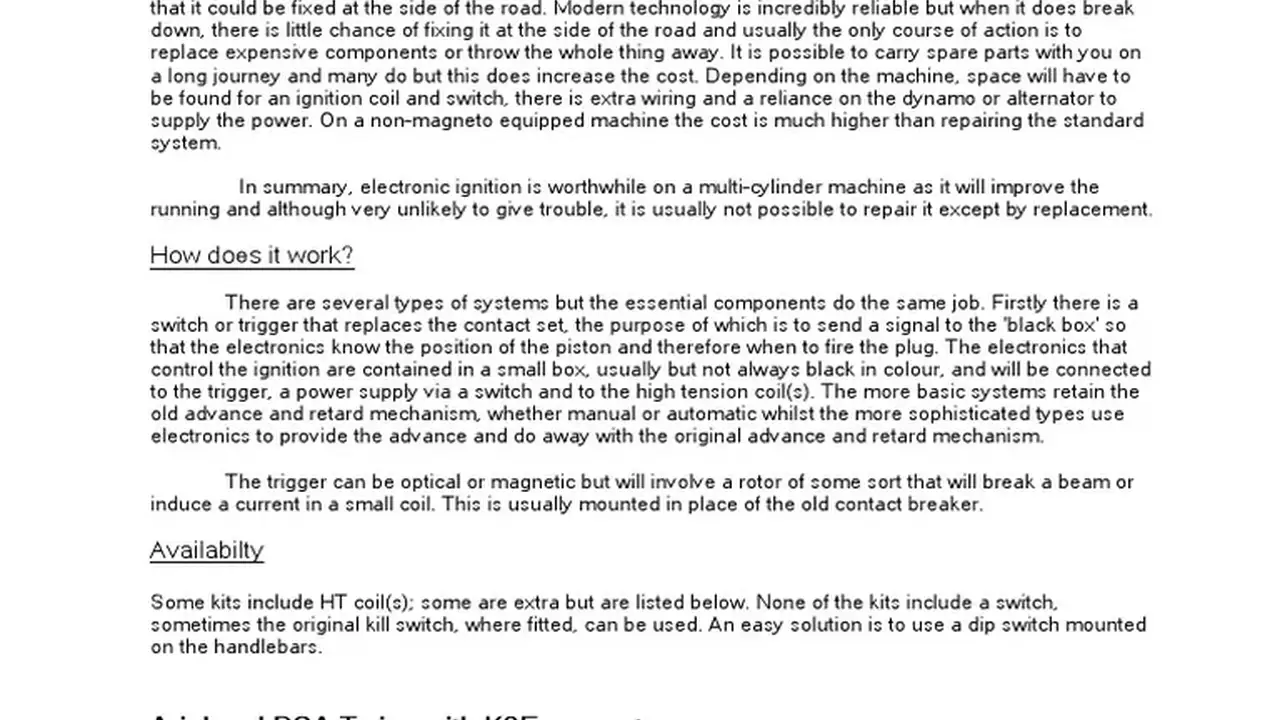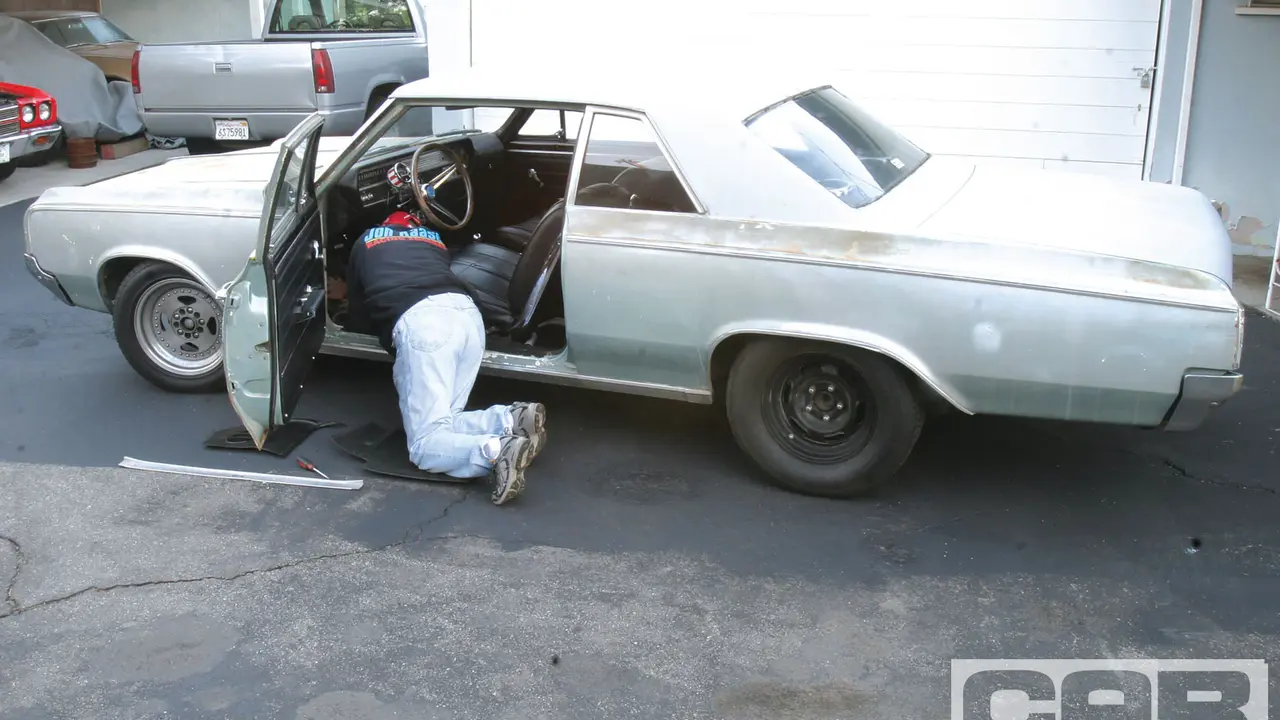Preserving and Storing Classic Car Parts Properly
Discover the best practices for preserving and storing classic car parts to prevent damage and deterioration. Protect your investment and ensure the longevity of your components. Maintain the value of your restoration.

Why Proper Storage Matters for Your Classic Car Parts
Alright, so you've finally tracked down that elusive original carburetor or a set of pristine headlight bezels for your '67 Mustang. Awesome! But before you high-five yourself into oblivion, let's talk about something just as crucial as finding the parts themselves: storing them properly. Think of it this way: you wouldn't leave a priceless painting out in the rain, right? Classic car parts deserve the same respect. Improper storage can lead to rust, corrosion, deterioration of rubber components, and even pest infestations. All of which translates to wasted money, time, and effort. We're talking about preserving an investment here, folks!
Understanding the Enemies of Classic Car Parts: Rust, Moisture, and More
Before we dive into storage solutions, let's identify the culprits that can wreak havoc on your precious parts. Rust, of course, is Public Enemy Number One. It's that flaky, orange-brown stuff that eats away at metal, turning perfectly good parts into useless piles of junk. Moisture is rust's best friend, so keeping things dry is paramount. Then there's temperature fluctuation. Extreme heat and cold can cause rubber and plastic components to crack and degrade. Sunlight, especially UV rays, can fade paint and damage certain materials. And don't forget about pests! Mice, rats, and insects can nest in your parts, chewing on wiring, upholstery, and anything else they can get their tiny teeth into.
Cleaning and Preparing Parts Before Storage: The Foundation for Long-Term Preservation
Before you even think about putting a part into storage, it needs a good cleaning. This is not the time for a quick wipe-down; we're talking about a thorough cleaning to remove any dirt, grease, oil, or existing rust. For metal parts, use a wire brush or abrasive pad to remove surface rust. Then, degrease the part with a solvent cleaner. For rubber and plastic components, use a mild soap and water solution. Make sure everything is completely dry before proceeding. This step alone can significantly extend the lifespan of your parts.
Rust Prevention Techniques: Protecting Your Investment with Coatings and Inhibitors
Once your parts are clean, it's time to apply some rust prevention. There are several options available, each with its own pros and cons. For metal parts, consider applying a rust-inhibiting coating. These coatings create a protective barrier that prevents moisture from reaching the metal surface. Some popular options include:
- POR-15: This is a heavy-duty rust preventative coating that chemically bonds to rusted surfaces. It's incredibly durable and resistant to solvents, but it can be a bit pricey. Expect to pay around $30-40 per quart.
- Eastwood Rust Encapsulator: This is a more affordable option that still provides excellent rust protection. It's easy to apply and dries to a smooth, paintable finish. A quart will run you about $25-35.
- Fluid Film: This is a lanolin-based rust preventative that's easy to apply and offers excellent corrosion protection. It's also non-toxic and environmentally friendly. A can of Fluid Film costs around $15-20.
Another option is to use a rust inhibitor spray. These sprays create a thin, protective film that prevents rust from forming. WD-40 Specialist Long-Term Corrosion Inhibitor is a good choice. It's easy to apply and provides excellent protection for up to a year. A can of this will set you back about $10-15. For parts that are already painted, you can apply a coat of wax or sealant to protect the finish.
Choosing the Right Storage Containers: From Plastic Bins to Vapor Barrier Bags
The right storage container can make a huge difference in preserving your classic car parts. Avoid cardboard boxes, as they can absorb moisture and attract pests. Instead, opt for plastic bins with airtight lids. These bins will protect your parts from dust, dirt, and moisture. For smaller parts, consider using individual plastic bags or containers. Vapor barrier bags are an excellent choice for parts that are particularly susceptible to rust. These bags are made of a special material that prevents moisture from penetrating. You can find vapor barrier bags at most hardware stores or online retailers.
Controlling Humidity and Temperature: Creating the Ideal Storage Environment
Maintaining a stable humidity and temperature is crucial for long-term storage. Ideally, you want to store your parts in a cool, dry place with a humidity level below 50%. A climate-controlled garage or storage unit is ideal. If you don't have access to a climate-controlled space, you can use a dehumidifier to control humidity levels. Dehumidifiers range in price from around $50 for a small portable unit to several hundred dollars for a larger, whole-house unit. You can also use desiccant packets to absorb moisture in individual containers. These packets are inexpensive and can be purchased online or at most hardware stores.
Organizing and Labeling Your Parts: A System for Easy Retrieval
Once your parts are properly stored, it's important to organize and label them. This will make it much easier to find what you need when you need it. Use a permanent marker to label each container with the part name, vehicle year, and any other relevant information. You can also create a master inventory list to keep track of all your parts. Consider using a spreadsheet or database to organize your inventory. This will allow you to quickly search for parts and track their location. Trust me, future you will thank you!
Storing Different Types of Parts: Tailoring Your Approach for Rubber, Metal, and More
Not all classic car parts are created equal. Different materials require different storage approaches. For example, rubber parts should be stored away from direct sunlight and heat to prevent cracking and degradation. Metal parts should be coated with a rust preventative and stored in a dry environment. Upholstery and fabric components should be stored in a clean, dry place to prevent mold and mildew. Here's a quick rundown of best practices for different types of parts:
- Rubber Parts: Store in a cool, dark place away from direct sunlight and heat. Apply a rubber protectant to prevent cracking and drying.
- Metal Parts: Clean and degrease thoroughly. Apply a rust-inhibiting coating or spray. Store in a dry environment.
- Upholstery and Fabric: Store in a clean, dry place to prevent mold and mildew. Consider using mothballs or cedar chips to deter pests.
- Electrical Components: Store in a dry environment to prevent corrosion. Consider using desiccant packets to absorb moisture.
Regular Inspections: Catching Problems Before They Escalate
Even with the best storage practices, it's important to regularly inspect your parts for any signs of damage or deterioration. Check for rust, corrosion, cracks, and pest infestations. If you find any problems, address them immediately. For example, if you find rust on a metal part, clean it off and reapply a rust preventative. If you find cracks in a rubber part, consider replacing it. Regular inspections will help you catch problems before they escalate and save you time and money in the long run.
Specific Product Recommendations for Classic Car Part Storage
Alright, let's get down to some specific product recommendations to help you with your classic car part storage:
- Storage Bins: Sterilite 18-Gallon Tote Box. These are durable, stackable, and have airtight lids. A set of four will cost you around $40-50.
- Rust Preventative: POR-15 Rust Preventive Coating. As mentioned earlier, this is a heavy-duty option for serious rust protection. Expect to pay around $30-40 per quart.
- Dehumidifier: Eva-dry E-333 Renewable Mini Dehumidifier. This is a small, portable dehumidifier that's perfect for storing parts in individual containers. It costs around $15-20.
- Desiccant Packets: Dry & Dry 5 Gram [100 Pack] Premium Silica Gel Desiccant Packets. These are great for absorbing moisture in individual containers. A pack of 100 costs around $15-20.
- Rubber Protectant: 303 Aerospace Protectant. This is a top-rated rubber protectant that will help prevent cracking and drying. A bottle will set you back about $20-25.
Where to Store Your Classic Car Parts: Garage, Shed, or Climate-Controlled Unit?
The ideal storage location depends on your budget and space constraints. A climate-controlled garage is the best option, but it's not always feasible. A shed can work, but it's important to ensure that it's well-ventilated and protected from the elements. A storage unit is another option, but make sure to choose one that's clean, dry, and secure. No matter where you choose to store your parts, make sure to follow the storage practices outlined above.
The Long-Term Benefits of Proper Classic Car Part Storage
Investing the time and effort to properly store your classic car parts is an investment in your restoration project and the value of your vehicle. By following these guidelines, you can protect your parts from damage and deterioration, ensuring that they're ready to use when you need them. This will save you time, money, and frustration in the long run. Plus, you'll have the peace of mind knowing that your precious parts are safe and secure.
:max_bytes(150000):strip_icc()/277019-baked-pork-chops-with-cream-of-mushroom-soup-DDMFS-beauty-4x3-BG-7505-5762b731cf30447d9cbbbbbf387beafa.jpg)






